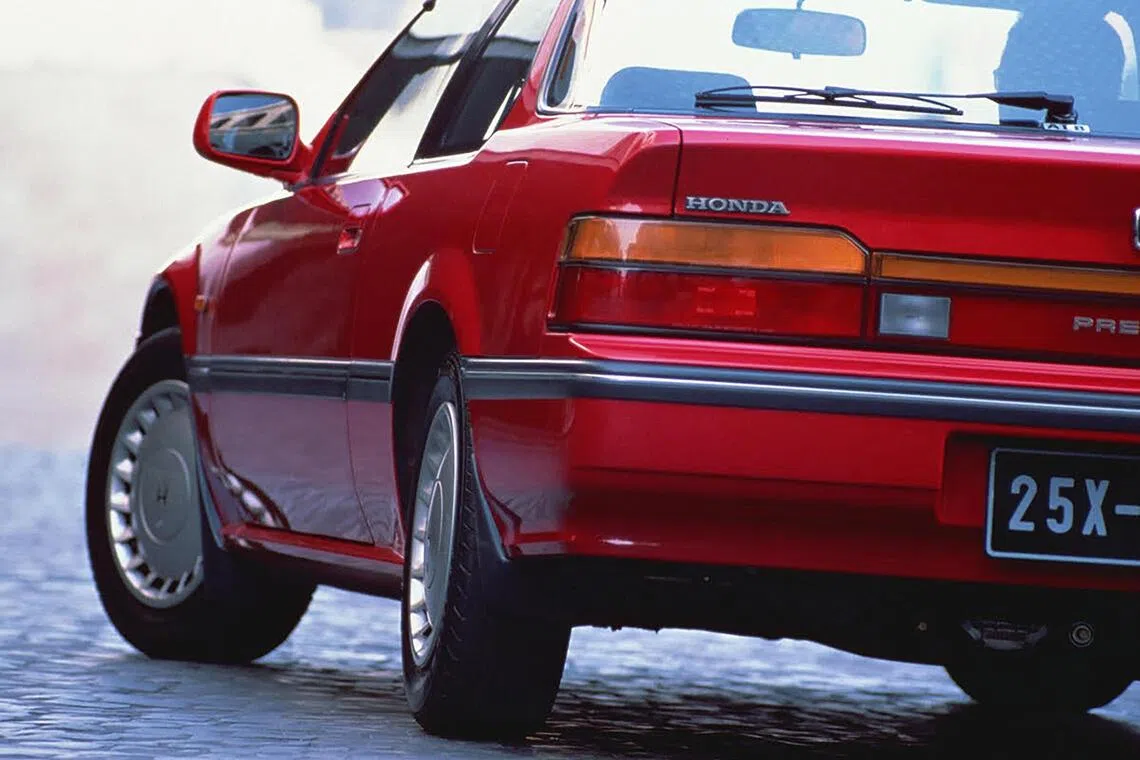Torque Shop: Four-wheel steering useful for large and wide cars
Sign up now: Get ST's newsletters delivered to your inbox

Directional signs: In making a U turn, the rear wheels of a car move in the opposite direction from the front ones so the car takes up less space.
PHOTO: HONDA
Follow topic:
Why do some cars have four-wheel steering and how does it work?
Steering angles of the rear wheels of a car with four-wheel steering (4WS) are generally between four and 10 degrees, compared with between 35 and 45 degrees on the front wheels.
Rear-wheel steering is usually found in cars with long wheelbases. At low speeds such as when the driver is manoeuvring the car in parking spaces, the rear wheels steer in an opposite direction to the front ones. This reduces the turning circle and makes the driving of large cars, such as the long wheelbase BMW 7-series or Mercedes-Benz S-class, drastically more convenient.
Four-wheel steering is crucial in longer cars especially to avoid kerb damage to wheels at those sharp right angles that are common in many of Singapore’s open-air car parks.
Big cars can be a handful during reverse parking too. This is another situation where the 4WS makes a big difference when moving the car into the parking space.
At higher speeds, like when the driver is travelling on expressways, the rear wheels will steer in the same direction as the front ones. This enhances the agility of big and long cars, particularly over fast sweeping curves such as those along the east coast of Malaysia.
The driver’s steering wheel input is emulated, albeit to a much smaller degree, by the rear wheels. The turn-in becomes sharper and ultimately gives the driver the feeling of driving a much shorter car.
In most situations, it reduces the tendency for the car to oversteer and swing out of control.
Four-wheel steering has also been appearing on some large electric multi-seaters recently. Besides being long, these vehicles are also wide, making 4WS a necessity.
It is not possible to retrofit 4WS into a car due to the complexities involved. Four-wheel steering costs quite a bit in terms of the additional hardware and software.
The control system is also quite complicated. There is a steering rack at the rear which is powered by an electric motor. This also means that the rear suspension needs to be incorporated with a swivel axis in addition to the conventional up and down movements.
For the system to function as described above, it requires a set of sensors that communicates with a main electronic control unit.
Depending on the road speed and front-wheel steering, the controller modulates steering angle at the rear axle. So, the driver has to focus only on directing where the front wheels will point.

